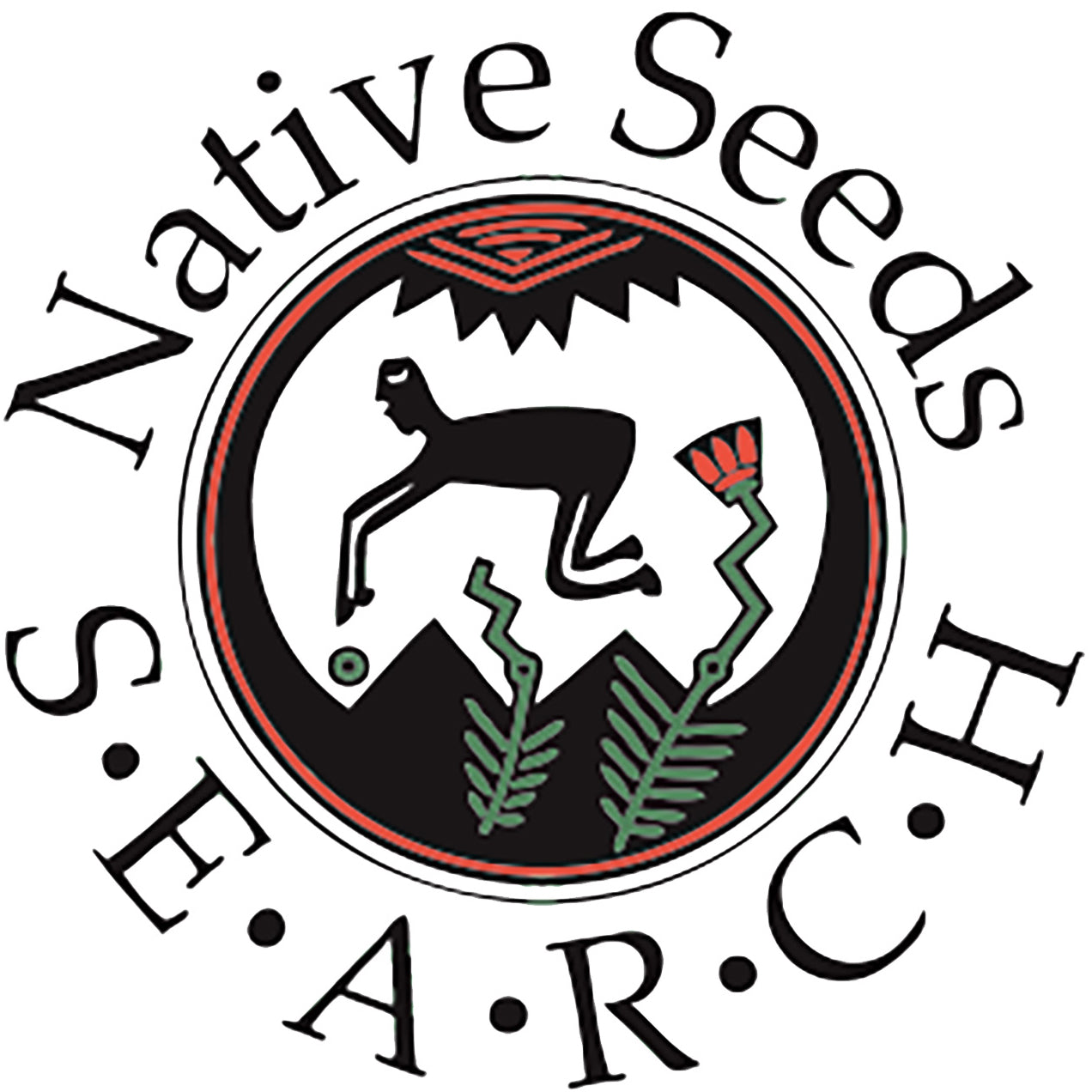
By Sheryl Joy, NS/S Staff
If you’re like me you love gardening (and eating from the garden!) but don’t have a lot of space to do it in. It’s always a challenge deciding what to plant each year, because everything I’d like to grow simply won’t fit. I’ve also wanted to try seed saving, but wasn’t quite sure how to do that well with my limited space.
When I attended NS/S’s Seed School last month I learned that I can do seed-saving in my small garden—it just takes a little planning and some knowledge about how plants work. And now I have the chance to share what I learned with you! First, it’s important to know what plants are ideal for seed saving in small spaces. Unless you want to dedicate all your garden space to 80 broccoli plants or 25 squash vines, you’ll want to choose plants that are “self-pollinating.” These are plants that reproduce using their own pollen, so they don’t need to cross with other plants—and you don’t have to have a whole lot of the same plants—to produce healthy seeds. Just 5 to 25 plants would be sufficient for these crops, to keep a minimum level of healthy diversity in the resulting seed. Tomatoes, peppers, eggplant, lettuce, beans, cowpeas and peas are all self-pollinating veggies that are a great fit for small gardens.
Most self-pollinating plants can be cross-pollinated by other varieties if insects visit them. So if you want to keep your seeds true to type, you will still want to isolate them from others of the same variety, either by planting different varieties in different areas with other flowering plants in between to distract the insects, or by letting only one variety develop flowers at the same time.
Lettuce is perfect for small gardens, since it flowers and goes to seed after its edible period. This means you can plant as many different kinds of lettuce as you want to eat, and then let only certain ones “bolt” or send up a flower stalk. I planted the Lettuce Mix from NS/S this past winter because I wanted to see which of the varieties did well in my garden. I ate lots of colorful baby lettuce as the plants grew and needed thinning. Then I thinned further and ate the small heads, leaving room for some of the other heads to mature. The oakleaf lettuce was really prolific and very slow to bolt, so I gradually pulled up the other lettuces as they passed their prime for eating, leaving 6 of the oakleaf plants plenty of room to bolt, flower and go to seed. Though I pulled the other lettuces weeks ago, the oakleaf is just now beginning to form seed. That means I can’t put my next crop in that space as soon as I would’ve if not saving seed, which is definitely a consideration in a small garden space.
The other crops on our list of self-pollinators flower before they are edible, so they require a little more attention to isolation. I decided that in my small space I’ll concentrate on saving seed from tomato and beans, so I’m going to choose just one type of tomato and one type of bean to grow each year. I think it might be too hard for me to decide on just one type of chile! I suppose I could plant more than one type if I separated the plants with a patch of tempting flowers that would draw the bees in to wipe their feet before moving from one chile variety to another.
Another trick you can use to ensure that you are maintaining good genetic diversity is to save seeds from your small number of plants over several years, and then combine those seeds in a mixture to plant from. So even if you only have room for 4 tomato plants in one year, after three years you’ll have seed from 12 plants. Of course you’ll want to keep your saved seeds in a cool, dry, dark place in the meantime to keep them happy and viable.
As Seed Distribution Coordinator, Sheryl Joy helps get NS/S seeds to the people who want to grow them. She's trying hard to adapt to desert gardening, and was thrilled to have the chance to attend Seed School in Tucson in April.
Image credit: woodleywonderworks via Flickr
